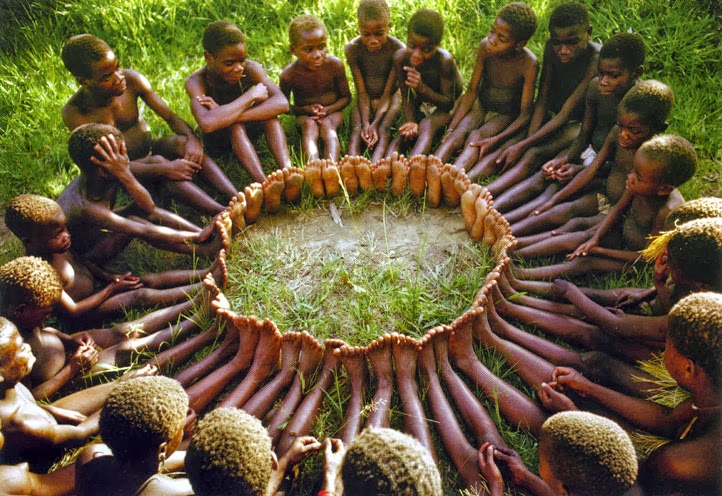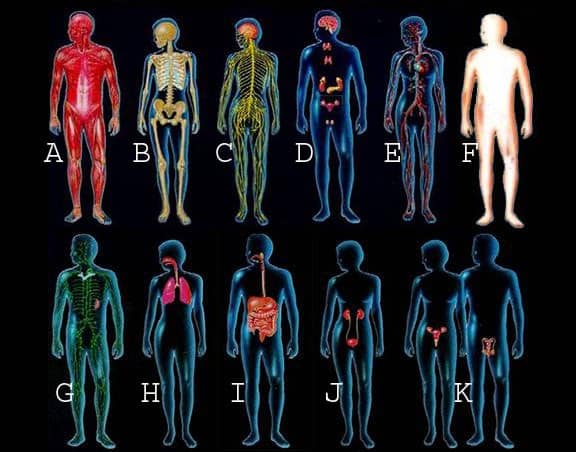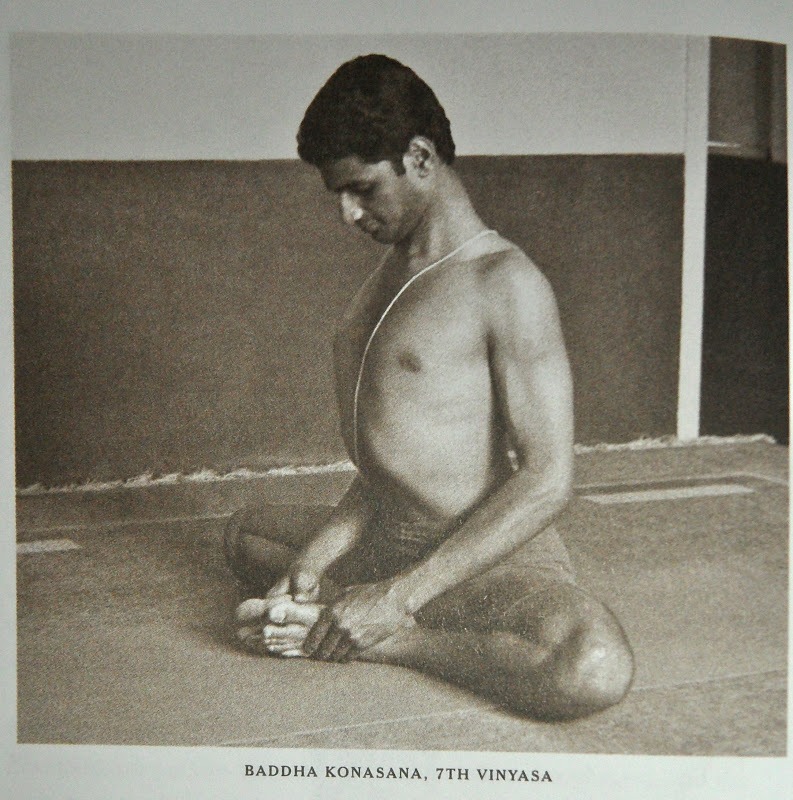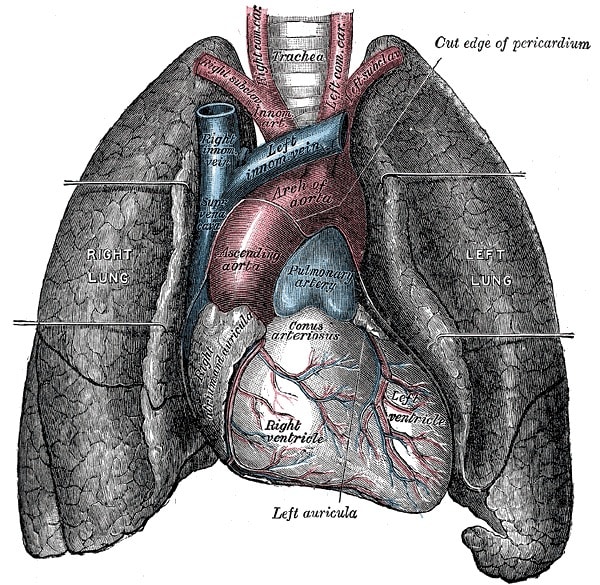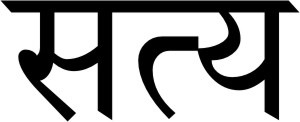Aparigraha – the 5th Yama and 1st Limb of Yoga
Aparigraha | non-desire Aparigraha is the concept of non-greed, or non-possessiveness from Jainism and the Raja/Ashtanga yoga traditions. This means limiting possessions to what is necessary or important to live. The five yamas are shared with Jainism in their sacred vows and Sadhus traditionally have very few, if any possessions. The word literally means non-grasping … Read more

